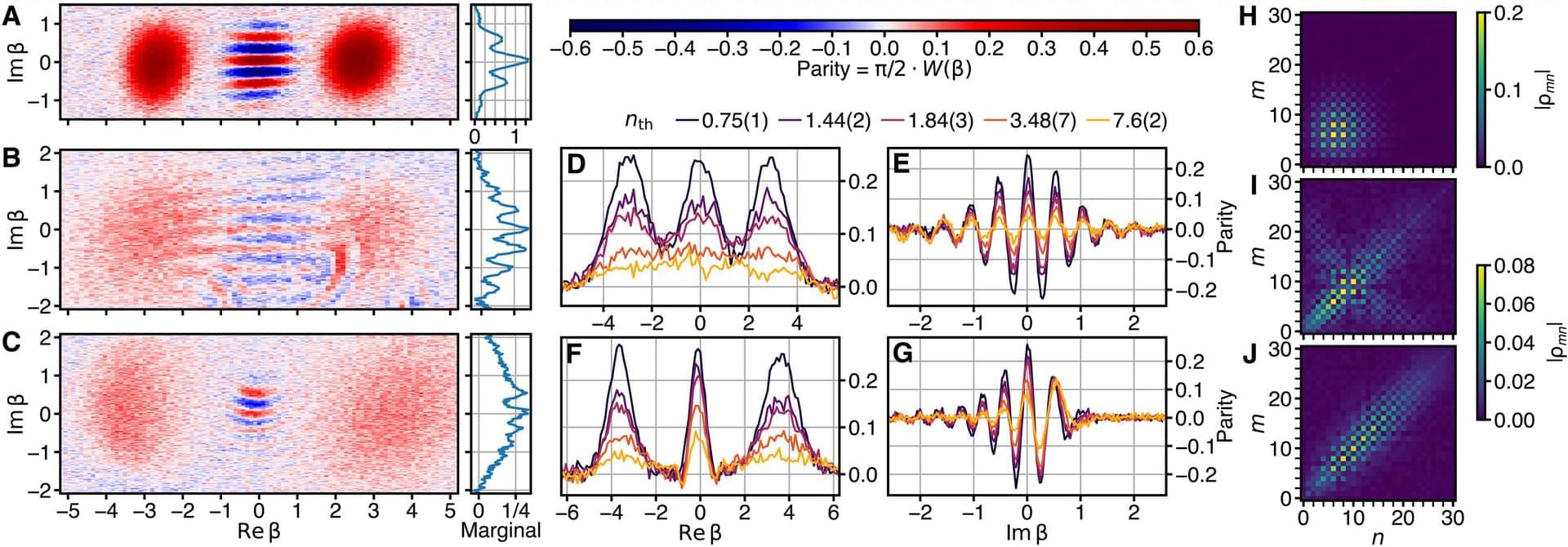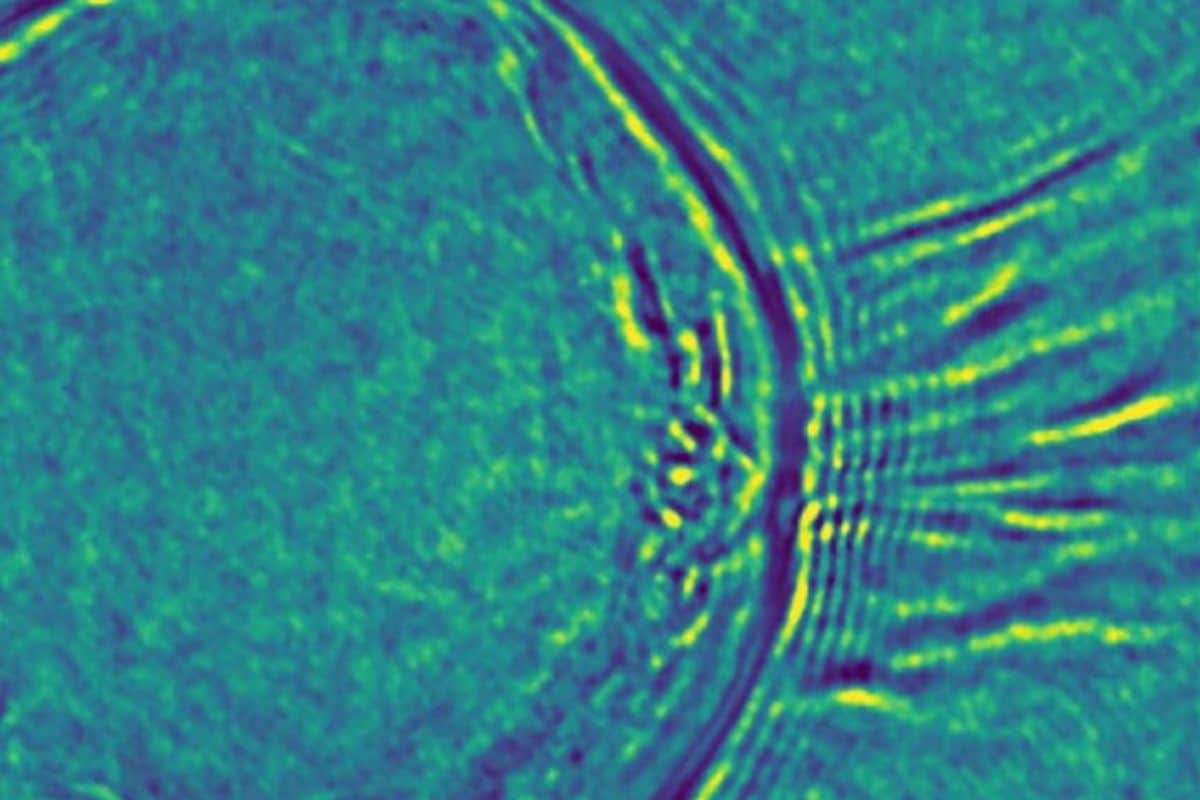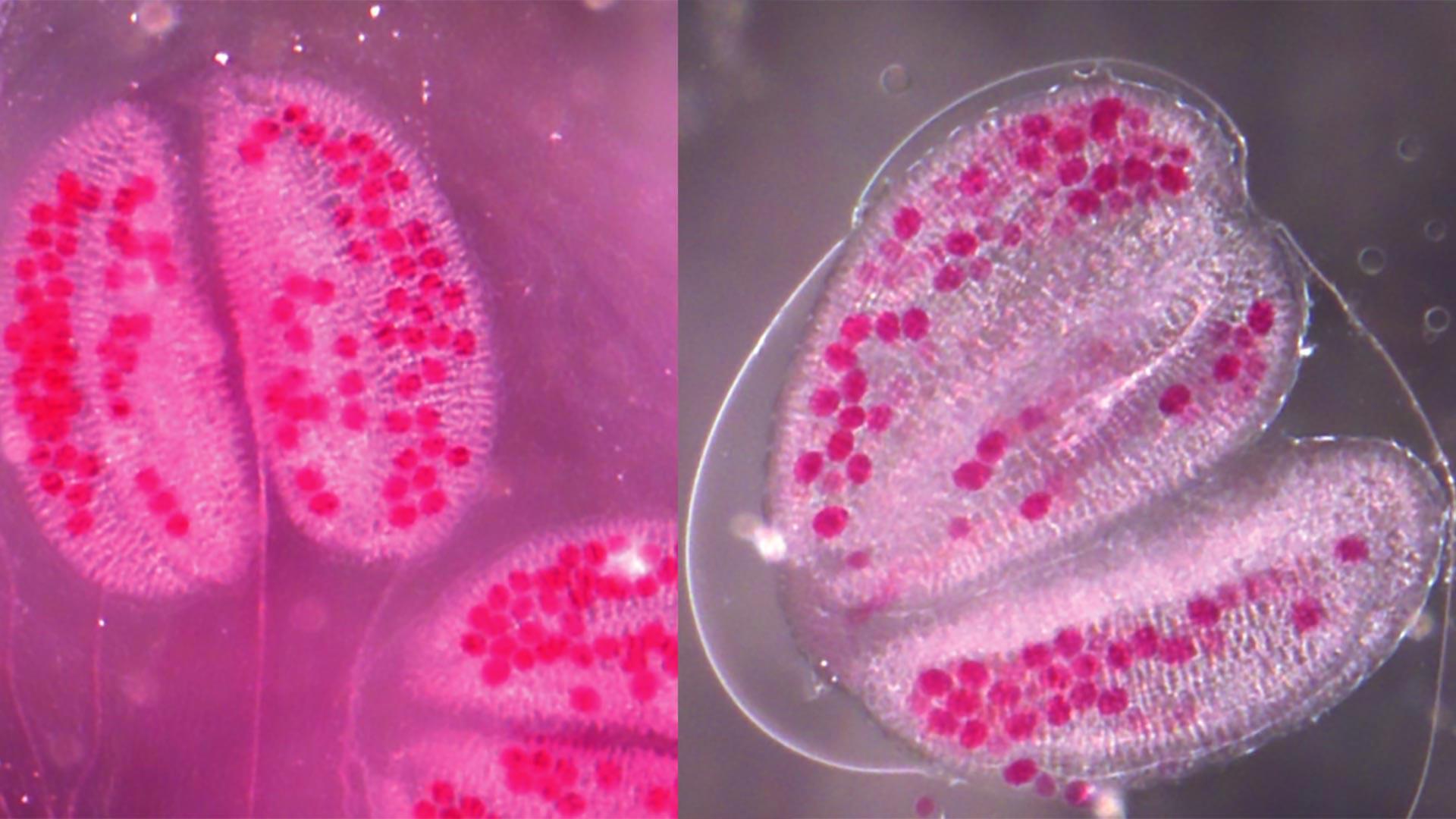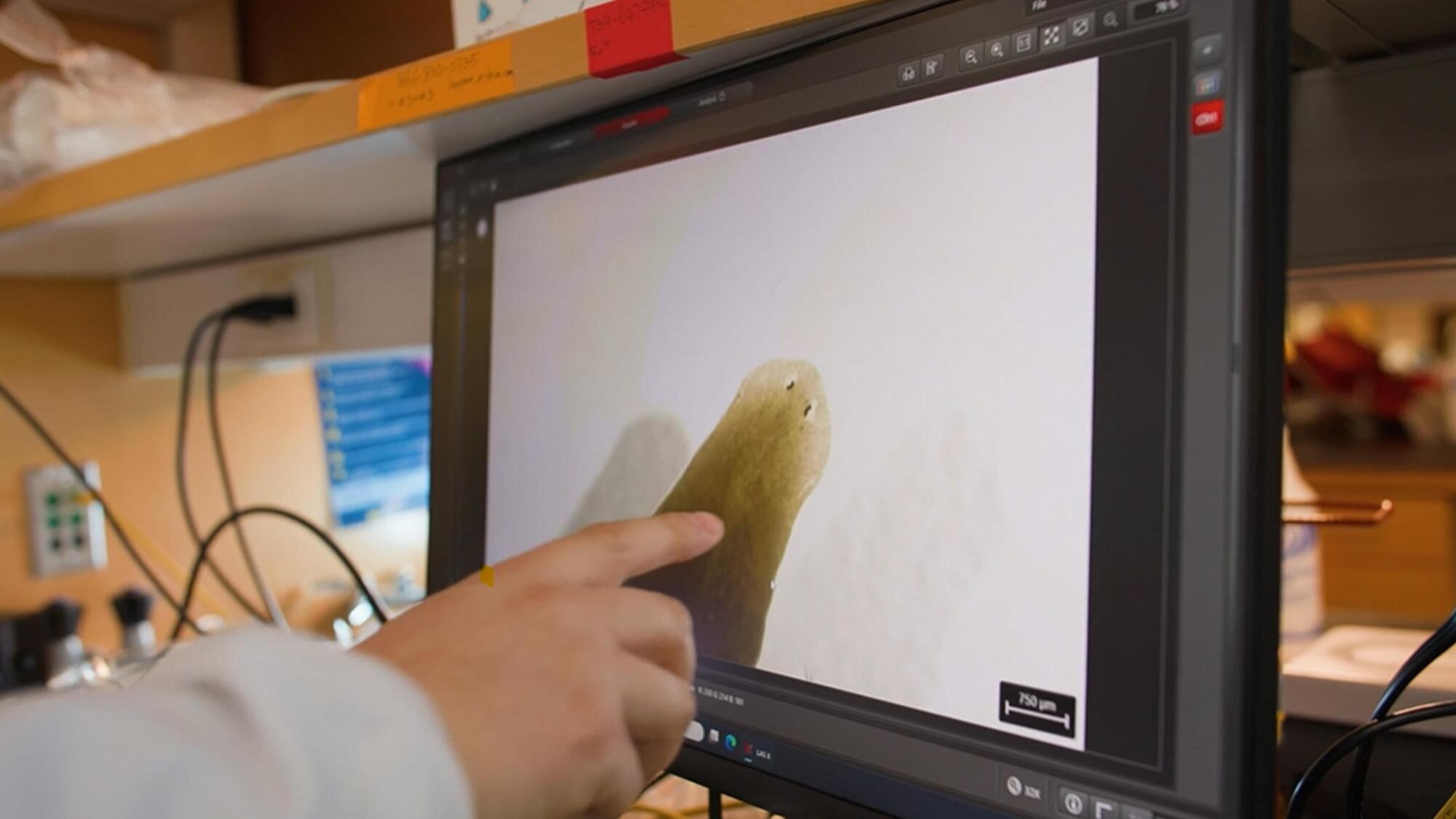A thermal initial state with low quantum purity is put into a superposition of displacements, while retaining its entropy.


Scientists Just Merged Human Brain Cells With AI – Here’s What Happened!
What happens when human brain cells merge with artificial intelligence? Scientists have just achieved something straight out of science fiction—combining living neurons with AI to create a hybrid intelligence system. The results are mind-blowing, and they could redefine the future of computing. But how does it work, and what does this mean for humanity?
In a groundbreaking experiment, researchers successfully integrated human brain cells with AI, creating a system that learns faster and more efficiently than traditional silicon-based computers. These “biocomputers” use lab-grown brain organoids to process information, mimicking human thought patterns while leveraging AI’s speed and scalability. The implications? Smarter, more adaptive machines that think like us.
Why is this such a big deal? Unlike conventional AI, which relies on brute-force data crunching, this hybrid system operates more like a biological brain—learning with less energy, recognizing patterns intuitively, and even showing early signs of creativity. Potential applications include ultra-fast medical diagnostics, self-improving robots, and brain-controlled prosthetics that feel truly natural.
But with great power comes big questions. Could this lead to conscious machines? Will AI eventually surpass human intelligence? And what are the ethical risks of blending biology with technology? This video breaks down the science, the possibilities, and the controversies—watch to the end for the full story.
How did scientists merge brain cells with AI? What are biocomputers? Can AI become human-like? What is hybrid intelligence? Will AI replace human brains?This video will answer all these question. Make sure you watch all the way though to not miss anything.
#ai.





As you age you naturally lose neurons and muscle mass and experience a decline in fertility and wound healing ability. Previous research in animals has offered several potential techniques for turning back the biological clock in specific tissues, including exercise and calorie restriction. However, age reversal of blood cells or at whole organism level has so far been elusive.

Take your personal data back with Incogni! Use my code INTECH at the link below and get 60% off an annual plan: http://incogni.com/intechTimestamps:00:00 — N…
Discover how CERN’s research into quantum fields could revolutionize our understanding of gravity! This deep dive explores the theoretical possibilities of manipulating quantum fields and their potential connection to gravitational forces. From Einstein’s predictions to cutting-edge experiments at the Large Hadron Collider, we examine what’s really happening at the frontier of physics research.
Learn how quantum gravity research could potentially transform:
Space travel and propulsion systems 🚀
Revolutionary energy production ⚡
Medical applications and treatments 🏥